Rooting mulberry cuttings
Americanchestnut
11 years ago
Related Stories

ARCHITECTURERoots of Style: Art Deco and Art Moderne
Get to know the similarities and differences between these architectural styles of the 1920s and 1930s
Full Story
ARCHITECTURERoots of Style: Do You Live in a Minimalist Traditional House?
Cottages, bungalows, farmhouses ... whatever you call them, houses in this style share several characteristics. See how many your house has
Full Story
GARDENING GUIDESThe Beauty of Bare-Root Plants
Plant dormant trees and shrubs in fall using the easy, affordable bare-root method and enjoy beautiful results in spring
Full Story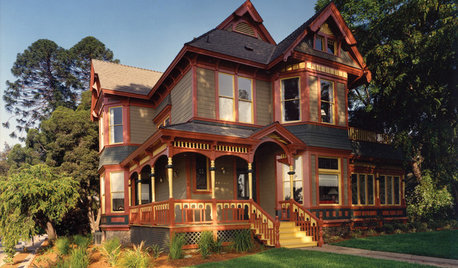
ARCHITECTURERoots of Style: Does Your House Have a Medieval Heritage?
Look to the Middle Ages to find where your home's steeply pitched roof, gables and more began
Full Story
TRADITIONAL ARCHITECTURERoots of Style: Château Architecture Strides Through a Century
Live like a lord with design details that recall French estates of old, even if they're scaled down and updated for today
Full Story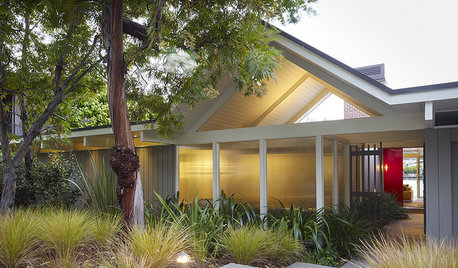
ARCHITECTURERoots of Style: Midcentury Styles Respond to Modern Life
See how postwar lifestyles spawned a range of styles, including minimalist traditional, ranch, split level and modern shed. What's next?
Full Story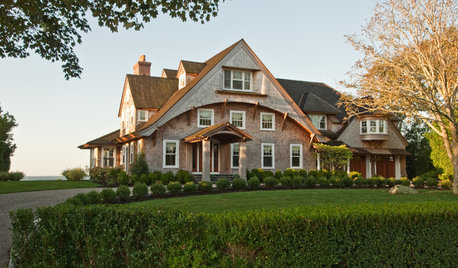
ARCHITECTURERoots of Style: Shingle Style Is Back — Here's How to Spot It
Intimate or rambling, in the coast or by the sea, Shingle homes are seeing a revival. Has your home joined in?
Full Story
ARCHITECTURERoots of Style: The 3 Waves of Italian Renaissance
The 15th-century study of ancient Rome delivered an important 20th-century style that is seen again today
Full Story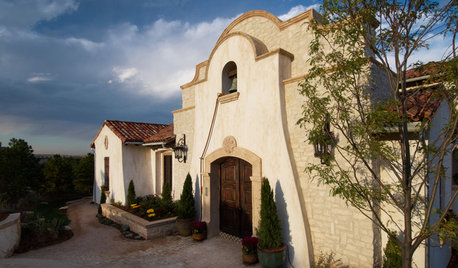
ARCHITECTURERoots of Style: Mission
Spanish colonial missions inspired a style of architecture still popular in the United States
Full Story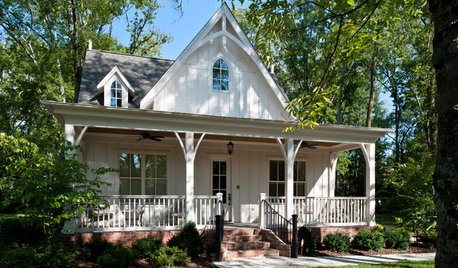
ARCHITECTURERoots of Style: Complex, Romantic Gothic Revival
With its medieval heritage, Gothic design makes a lasting impression in art and architecture
Full Story






julia42
fabaceae_native
Related Professionals
Canton Landscape Architects & Landscape Designers · White Oak Landscape Architects & Landscape Designers · Mooresville Landscape Contractors · Dudley Landscape Contractors · East Lake-Orient Park Landscape Contractors · El Sobrante Landscape Contractors · Fort Worth Landscape Contractors · Inglewood Landscape Contractors · Mason Landscape Contractors · Munster Landscape Contractors · Saint Paul Landscape Contractors · Sun City Center Landscape Contractors · Tavares Landscape Contractors · Wareham Landscape Contractors · Yuba City Landscape ContractorsAmericanchestnutOriginal Author
elaineal
lucky_p
creekweb
glib